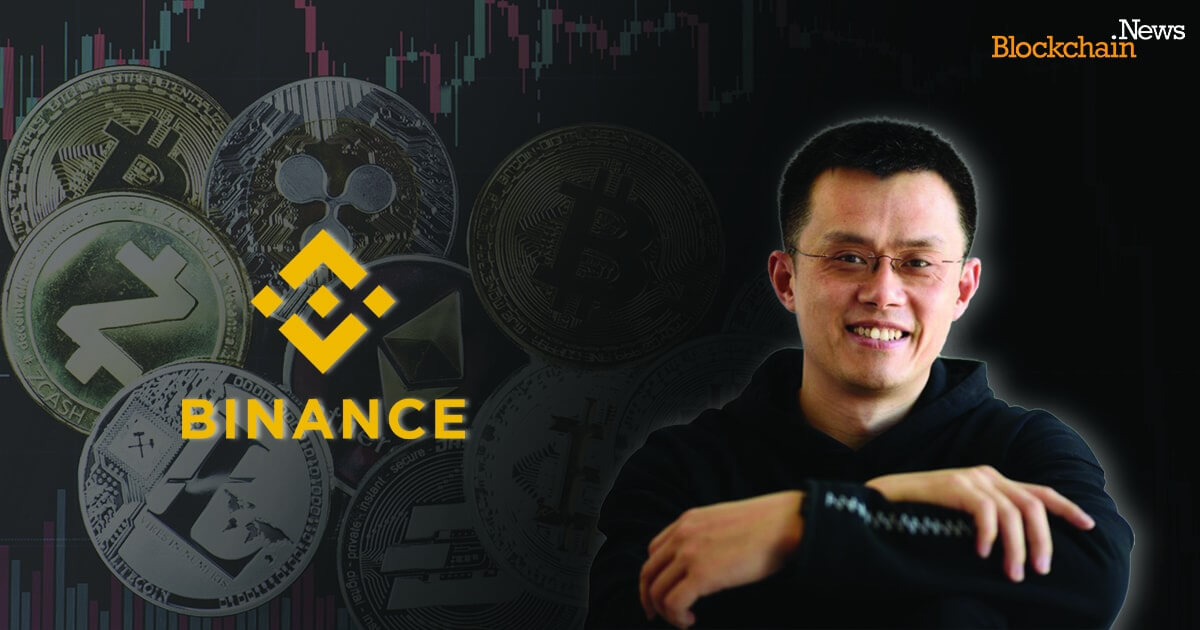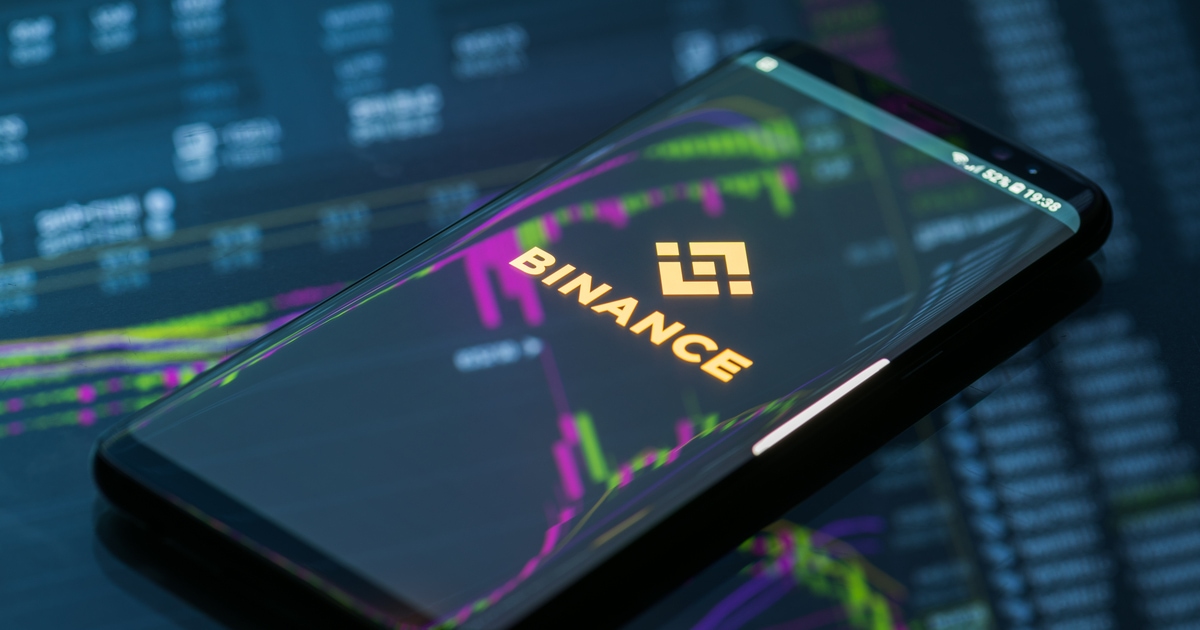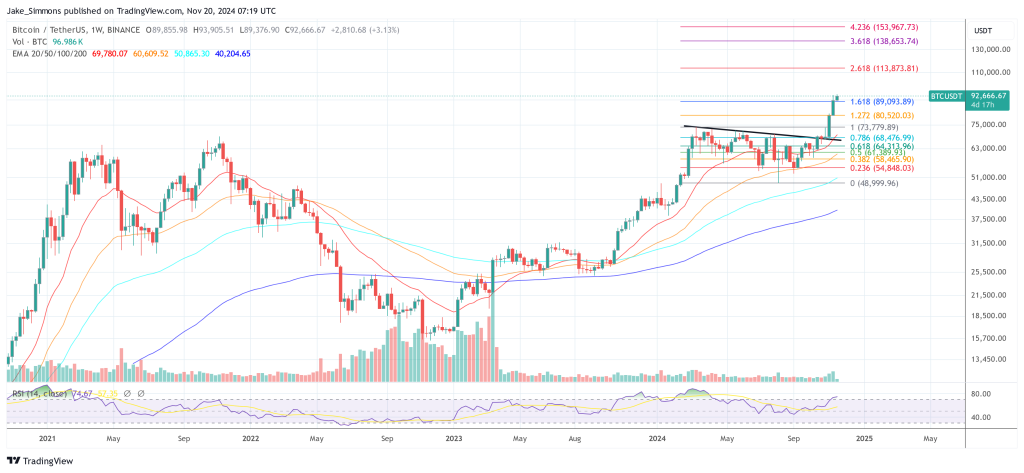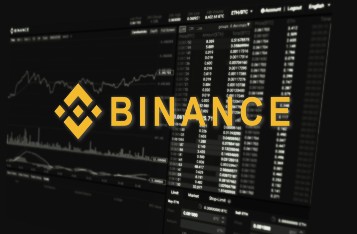There are plenty of L2s and sidechains already that scale Ethereum L1. They all have strengths and weaknesses. Let's start by looking at other zk rollup L2s like LRC.
Other zk Rollup L2s
There exist several zk (zero-knowledge) rollup L2s besides LRC (both STARK and SNARK variety; look this up if you really want to dive down the rabbit hole) like zkSync, Polygon Hermez, dYdX, zkSwap, and StarkX. Unlike LRC, zkSync and (soon) Hermez are actually full scaling systems for Ethereum, because they support fully generic smart contracts due to having built ZKEVMs (Zero-Knowledge Ethereum Virtual Machine). LRC doesn't even have plans to build a ZKEVM (which is considered very hard to do), because their value proposition is not to be able to generically scale Ethereum. They specifically are only intending to scale DEX usage (which makes sense, because that is what their core innovation, order rings, are good for).
As for usage, of all the zk rollup L2s combined, LRC has around 30% of the TVL.
Optimistic Rollup L2s
Then there are optimistic rollup L2s, which are fully EVM compatible (so much easier to make an optimistic rollup EVM compatible than to make a zk rollup EVM compatible), and are currently being used for DeFi way, way more than any zk rollup platforms (though I do believe that one day zk will emerge as the superior tech over optimistic). Arbitrum TVL is more than all zk rollup platforms combined plus all other optimistic rollup platforms combined plus all the validium and plasma L2s combined.
Once you add in optimistic rollup platforms and other L2s, Loopring has a little under 9% of all the TVL of L2s on Ethereum.
Side chains
Then we get into the scaling solutions that aren't L2s, but are instead sidechains. I'll just talk about the elephant in the room here: Polygon. Polygon has about the same TVL as all L2s combined, including Arbitrum. They also get lower fees than any L2. The downside is that they have worse security than L2s do.
Conclusion
So, in terms of TVL of all scaling solutions on Ethereum, LRC has probably 3 - 4% of the TVL at most.
Unlike Polygon, Arbitrum, Optimism, zkSync, and others, LRC is not EVM compatible, so it can't handle generic smart contracts, and is thus not a full scaling solution for Ethereum. You can't build any part of DeFi on Loopring except DEXes. And finally, while the fees are great, they aren't the lowest of all the scaling solutions.
LRC is great, but there are many other scaling options, of which LRC holds a fairly insignificant portion of the TVL. Many of these other solutions are also full scaling solutions that are fully EVM compatible, which LRC has no intention of being. And don't think that the facts that LRC has a low TVL compared to other scaling solutions and no ZKEVM are explained by LRC being younger than their competition. In fact, LRC launched before almost every other platform that I have mentioned.
All this being said, I imagine LRC will continue to increase their TVL share of the L2s, and the LRC token will probably continue to appreciate. It's probably a great investment. I also think that, in general, zk rollups will eventually emerge as superior to optimistic rollups, and L2s are unambiguously emerging as the superior choice over side chain scaling solutions. So, I think it's a good guess that zk rollup platforms like LRC will slowly grow to dominate the L2 pie. In general, I am bullish on LRC long-term. This post is not meant to be FUD at all.
But no, Ethereum does not in any way, shape, or form rely upon or need LRC. LRC is just one of many excellent tools playing a small part in solving the most central blockchain tech challenge of the last 4 years: how to scale Ethereum.
[link] [comments]

You can get bonuses upto $100 FREE BONUS when you:
💰 Install these recommended apps:
💲 SocialGood - 100% Crypto Back on Everyday Shopping
💲 xPortal - The DeFi For The Next Billion
💲 CryptoTab Browser - Lightweight, fast, and ready to mine!
💰 Register on these recommended exchanges:
🟡 Binance🟡 Bitfinex🟡 Bitmart🟡 Bittrex🟡 Bitget
🟡 CoinEx🟡 Crypto.com🟡 Gate.io🟡 Huobi🟡 Kucoin.


















Comments